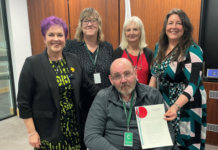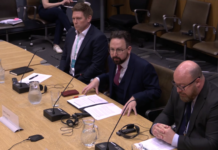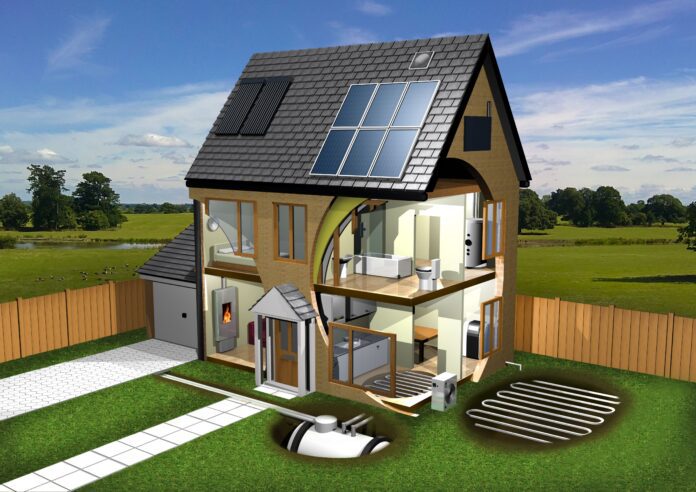With the continuing energy crisis and the cost-of-living spurring homeowners to seek out ways to reduce the cost of running their home. We sit down with NICEIC’s Head of Technical Services, Paul Collins, as he walks us through a step-by-step guide on how to evolve from a consumer to a prosumer and produce one’s own energy on the home front…
The nation’s ‘prosuming’ population is on the rise. More and more, Brits are exploring ways to become energy-independent in a bid to escape soaring prices and the worrying prospect of blackouts as our national grid reaches capacity. Generating and storing one’s own energy using renewable solutions coupled with battery storage technology is becoming more viable with the development of new tech.
The utopian prosumer paints a pretty picture. Just imagine…cosy during cold weather alerts, cool and ventilated during heat waves, hot water on demand and the EV fully charged and ready to go. The pros for jumping on the prosumer bandwagon are compelling: a reduced carbon footprint; lower energy bills; and consistent and flexible energy supply. But there are cons too if your set-up and installation isn’t carefully thought through.
Step 1. Understand the solutions and explore what is best for your home
Planning for a home renewable energy system is a process that includes analysing your existing electricity use and understanding the technology options you have for your home. Exploring what’s suitable, available and if your home will allow for that particular solution is the best place to start. For example, the square footage of your roof may depend on the types and number of solar PV panels you can have installed.
This is also a good time to look into your local building regulations. Checking whether you need to submit planning permission is paramount so you remain compliant with these regs.
Finally, find out whether any local funding initiatives are available to you and work out whether you’re likely to generate more energy than you use or store, so you have the flexibility and option to sell back to the grid at optimum times.
Step 2. Weigh up the viability
Renewable energy is undoubtably viable from a sustainability perspective. The benefits of green energy are endless – not only when it comes to saving money, but for our health, the environment and the economy too.
From a personal perspective, it’s harder to assess the viability of becoming a prosumer. Until battery storage products become more mainstream, the tech for many is still cost-prohibitive. With the financial outlay proving to be a significant investment currently, you will need to consider when you can expect to see a viable return.
Furthermore, we know that installing renewable or green technologies can save money off your energy bills. How much however will depend on the combination of solutions you decide on, e.g. Solar PV paired with a heat pump or vehicle-to-home charging.
A final consideration is that the equipment you opt for will differ in cost from varying manufacturers. Yet do bear in mind that the lowest price may not always be the most optimum choice. Weigh up your options and determine what is most appropriate for your home, your lifestyle and your future.
Step 3. Find a trusted contractor
Choosing a business with the appropriate certification is the best way to ensure any work is carried out to safe and professional levels. We would always recommend obtaining three quotes before arranging for an electrician to carry out any work. However, be aware that the lowest cost does not always mean the best job – so do your research carefully and look at examples of other installations carried out by your preferred certified business.
If you’re not sure where to start, look for trusted businesses such as those who are NICEIC and MCS certified, the likes of which you would need to have appointed to qualify for certain government incentives, such as the Smart Export Guarantee (SEG). Choosing an NICEIC certified business is the best way to ensure the job is done safely thanks to the regular technical assessments they undergo to prove their ongoing competence.
Step 4. Consider your future requirements
Once you’ve appointed your trusted certified business, speak to them regarding any future requirements you may wish to make. It may not be feasible for you to do everything in the beginning; however, when you’re undertaking the electrical works to install an EV charging point for example, it can prove far more cost-effective and a relatively straightforward task to also install electrical wiring for later down the line (e.g. additional cabling for EV charging, Solar PV panels, etc.), rather than retro-fitting at a later date.
Efficiencies are continuously being developed and who can say what new solutions may appear around the corner. We all need power and pursuing clean energy sources is far better than continuing down the path of polluting fossil fuels. Renewable energy is a must and the time to embrace it is now or as soon as you are able to. Following these steps and finding solutions that work for you and your home will see you ever closer to being energy independent, as well contributing to the protection of our planet.”
For more information or to search for a NICEIC certified business in your area, visit www.niceic.com.
Help keep news FREE for our readers
Supporting your local community newspaper/online news outlet is crucial now more than ever. If you believe in independent journalism, then consider making a valuable contribution by making a one-time or monthly donation. We operate in rural areas where providing unbiased news can be challenging. Read More About Supporting The West Wales Chronicle
























